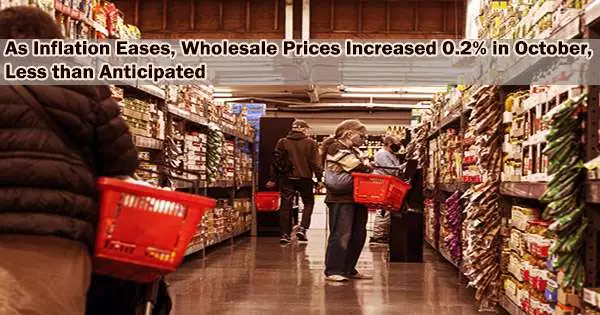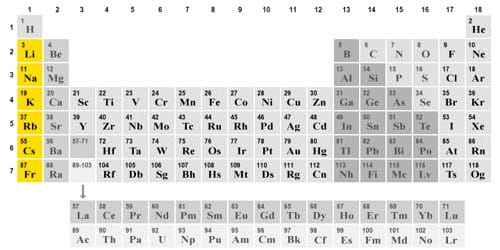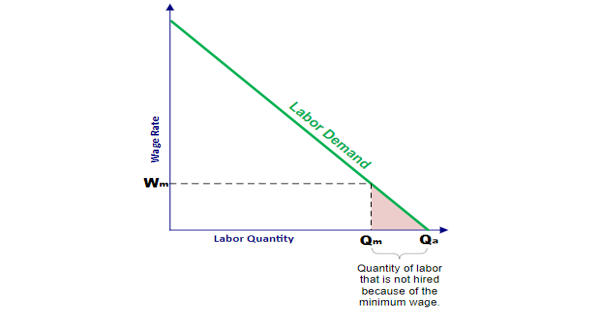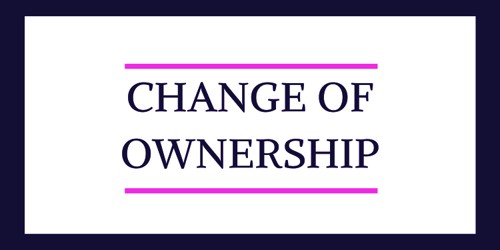According to a study released on Tuesday (November 15, 2022) by the Bureau of Labor Statistics, wholesale prices climbed less than anticipated in October, bolstering expectations that inflation is slowing.
The production price index, a gauge of the prices businesses pay for finished goods in the market, up 0.2% for the month compared to the 0.4% increase predicted by Dow Jones.
Shortly after the report’s release, stock futures linked to the Dow Jones Industrial Average rose by more than 400 points, suggesting market expectations that cost of living gains not seen since the early 1980s were moderating or even declining. Although market gains slowed down throughout the day, the Dow ended the day up a little over 100 points.
On a year-over-year basis, PPI rose 8% compared to an 8.4% increase in September and off the all-time peak of 11.7% hit in March. The monthly increase equaled September’s gain of 0.2%.
In addition, the index increased 0.2% on the month and 5.4% on the year when food, energy, and trade services were excluded. The index was steady for the month and up 6.7% for the year when only food and energy were excluded.
“The PPI read certainly adds more fuel to the fire for those who feel we may finally be on a downward inflation trend,” said Mike Loewengart, head of model portfolio construction at Morgan Stanley’s Global Investment Office.
One significant contributor to the slowdown in inflation was a 0.1% decline in the services component of the index. That marked the first outright decline in that measure since November 2020. Final demand prices for goods rose 0.6%, the biggest gain since June an traceable primarily to the rebound in energy, which saw a 5.7% jump in gasoline.
The PPI read certainly adds more fuel to the fire for those who feel we may finally be on a downward inflation trend.
Mike Loewengart
The deceleration came despite a 2.7% increase in energy costs and a 0.5% increase in food.
Inflation has soared during the pandemic era as supply chains could not keep with overheated demand for long-lasting big-ticket items, particularly those dependent on semiconductors. Economists generally expect that inflation has at least plateaued, though there are plenty of risks on the horizon, including a potential rail strike that could apply new pressure to supply chains.
The producer index is generally considered a good leading indicator for inflation as it gauges pipeline prices that eventually work their way into the marketplace. PPI differs from the more widely followed consumer price index as the former measures the prices that producers receive at the wholesale level while CPI reflects what consumers actually pay.
Hopes that inflation is at least slowing spiked last week when the CPI showed a monthly gain of 0.4%, lower than the 0.6% estimate. The 7.7% annual gain was a deceleration from a 41-year peak of 9% in June. Markets also soared following Thursday’s CPI release.
Federal Reserve officials have been raising interest rates in hopes of bringing down inflation. The central bank has hiked its benchmark borrowing rate six times year for a total of 3.75 percentage points, its highest level in 14 years.
Markets on Tuesday afternoon were pricing in about an 80% chance that the Fed would downshift in rate hikes in December, with a 0.5 percentage point increase after four straight 0.75 percentage point moves.
Vice Chair Lael Brainard said Monday she expects the pace of hikes soon will slow, through rates are likely to still go higher. She said the Fed can move to a more “deliberate” posture as it watches the impact of its rate hikes.
In other economic news Tuesday, the New York Fed’s Empire State Manufacturing Survey for November registered a reading of 4.5%, an increase of 14 percentage points on a monthly basis and much better than the estimate for a -6% reading. The index measures the difference between companies reporting expansion vs. contraction.
However, both the prices paid and received components saw increases, rising 1.9 points and 4.3 points respectively.
















